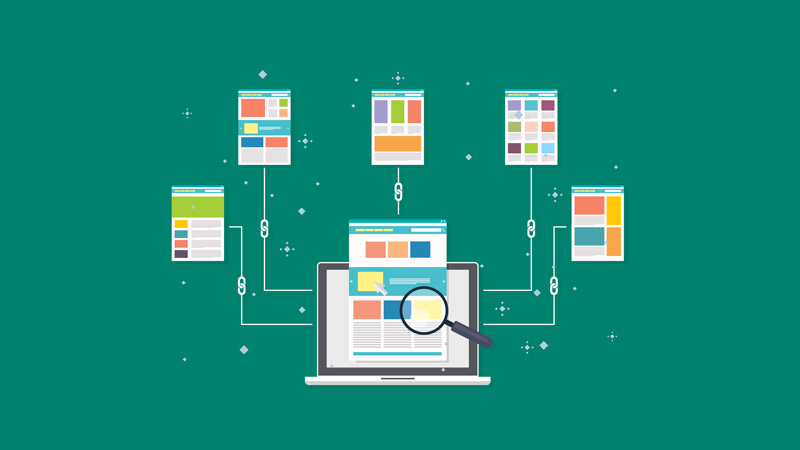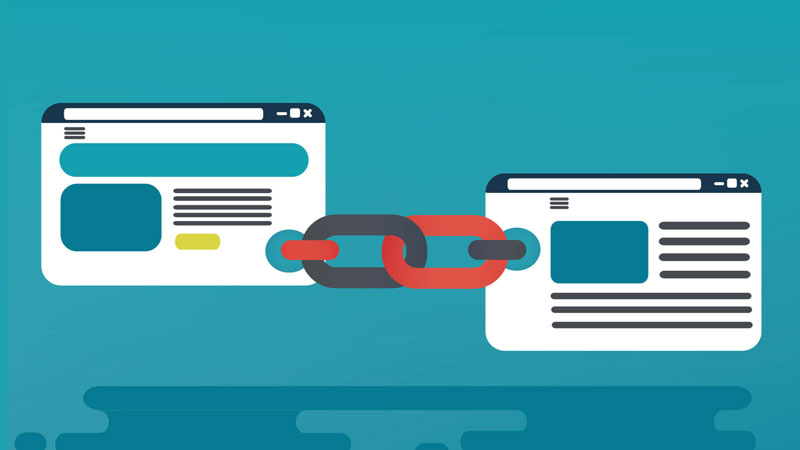In personal development, one aspect that sets successful individuals apart is their ability to think strategically and cultivate a mindset geared toward achievement. Thinking is a skill that can be honed, and those who master the art of thinking can unlock their full potential and attain remarkable success in all areas of life.
What is Strategic Thinking?
Strategic thinking refers to the cognitive process of analyzing complex situations, considering multiple perspectives, and developing effective plans and actions to achieve long-term goals or objectives. It involves the ability to think critically and creatively, anticipate potential outcomes, and make informed decisions that align with an organization’s or individual’s vision and mission.
In essence, strategic thinking goes beyond day-to-day problem-solving and tactical decision-making. It focuses on the bigger picture, taking into account both internal and external factors, and aims to position an organization or individual for success in the future. Strategic thinking is a fundamental skill for leaders, managers, and individuals seeking to navigate uncertainties, capitalize on opportunities, and stay competitive in their respective fields.
Principal of Strategic Thinking
Here, we will explore the key principles behind how successful people think and provide actionable strategies to help you develop this invaluable skill.
Embrace a Growth Mindset
Successful people approach challenges with a growth mindset, believing that their abilities and intelligence can be developed through dedication and effort. They see setbacks as opportunities for growth and learning, rather than as failures. By adopting a growth mindset, you can overcome obstacles, take on new challenges, and continually improve your thinking abilities.
Cultivate Curiosity
Curiosity is the fuel that drives innovative thinking. Successful individuals have an insatiable thirst for knowledge and a natural curiosity about the world around them. They ask probing questions, seek new perspectives, and explore different ideas. Embrace curiosity by reading widely, staying informed, and actively seeking out new experiences. This will broaden your horizons and enhance your thinking capabilities.
Develop Critical Thinking Skills
Critical thinking refers to the capacity to objectively analyze information and form well-reasoned judgments. Successful people excel at critical thinking by questioning assumptions, evaluating evidence, and considering multiple viewpoints before forming opinions. Sharpen your critical thinking skills by practicing logic puzzles, engaging in debates, and actively challenging your own beliefs. This will enable you to make more informed decisions and solve problems effectively.
Practice Mindfulness and Reflection
It’s easy to get caught up in the chaos and neglect introspection. Successful individuals understand the importance of mindfulness and reflection in their thinking process. They set aside dedicated time for self-reflection, meditation, or journaling, allowing them to gain clarity, manage stress, and generate fresh ideas. Make mindfulness a daily practice to enhance your focus, creativity, and overall thinking abilities.
Embrace Failure as a Learning Opportunity
Successful people view failure as an inevitable part of the learning process. Instead of dwelling on mistakes or setbacks, they extract valuable lessons and use them to improve. Embracing failure as a pathway to success allows individuals to cultivate resilience, adaptability, and a readiness to undertake well-considered risks. Welcome setbacks, derive lessons from them and leverage them as catalysts for personal development.
Surround Yourself with Diverse Perspectives
To broaden your thinking and challenge your assumptions, surround yourself with people who possess diverse perspectives and backgrounds. Engage in meaningful discussions, collaborate on projects, and seek feedback from individuals with differing viewpoints. This exposure to different ways of thinking will expand your own mental frameworks and stimulate innovative ideas.
Set Clear Goals and Prioritize
Successful individuals have a clear vision of what they want to achieve and set specific, measurable goals to work towards. They prioritize their tasks and allocate time and resources efficiently. By setting goals and establishing a roadmap, you can focus your thinking on what truly matters and avoid getting overwhelmed by distractions. Continuously assess your advancement and modify as needed.
Strategic Thinking Example
let’s look at an example of strategic thinking in a business context: Launching a New Product in a Competitive Market
Imagine you are a product manager for a tech company, and your task is to launch a new smartphone in a highly competitive market. Here’s how strategic thinking might come into play:
Analyzing the Market
You start by conducting a thorough analysis of the smartphone market, including identifying key competitors, market trends, customer preferences, and potential target segments.
Defining the Unique Selling Proposition (USP)
Based on the market analysis, you identify a gap or an opportunity in the market that your new smartphone can address. You define a clear USP that sets your product apart from the competition.
Target Market Segmentation
Instead of targeting the entire market, you strategically identify specific customer segments that are most likely to be interested in your product. This allows you to tailor your marketing efforts and messages more effectively.
Pricing Strategy
You consider various pricing strategies based on the product’s features, production costs, and competitor pricing. Strategic thinking helps you determine the best balance between profitability and market penetration.
Distribution Channels
You evaluate different distribution channels to ensure your product reaches the target customers efficiently. This might include partnerships with telecom carriers, online retailers, and brick-and-mortar stores.
Marketing and Promotion
Based on the identified target segments, you develop a comprehensive marketing and promotional strategy. You might focus on digital marketing, social media campaigns, influencer partnerships, and product demonstrations to generate buzz and interest.
Product Lifecycle Planning
Strategic thinking involves considering the long-term product lifecycle and planning for potential updates, improvements, or even the launch of subsequent products. This ensures sustained competitiveness and customer satisfaction.
Competitive Analysis
Continuously monitoring and analyzing your competitors’ actions allows you to adapt your strategies as needed to maintain a competitive advantage.
Risk Assessment and Contingency Planning
Strategic thinking also involves identifying potential risks and challenges, such as supply chain disruptions or unforeseen market changes. You create contingency plans to mitigate these risks and adapt swiftly if needed.
Customer Feedback and Iteration
After the product launch, strategic thinking doesn’t stop. You gather feedback from customers, analyze the product’s performance, and iterate on the strategy as necessary to improve the product’s success in the market.
Throughout this process, strategic thinking guides the decision-making, ensuring that each step contributes to the overall objective of successfully launching and establishing the new smartphone in the competitive market.
Conclusion
Mastering the art of thinking is a transformative skill that can propel you toward personal and professional success. By embracing a growth mindset, cultivating curiosity, developing critical thinking skills, practicing mindfulness, embracing failure, seeking diverse perspectives, and setting clear goals, you can unlock your full potential and achieve extraordinary outcomes.
Remember, thinking is not a passive process but an active skill that can be sharpened with practice. Start implementing these strategies today and witness the positive impact they have on your personal development journey.





